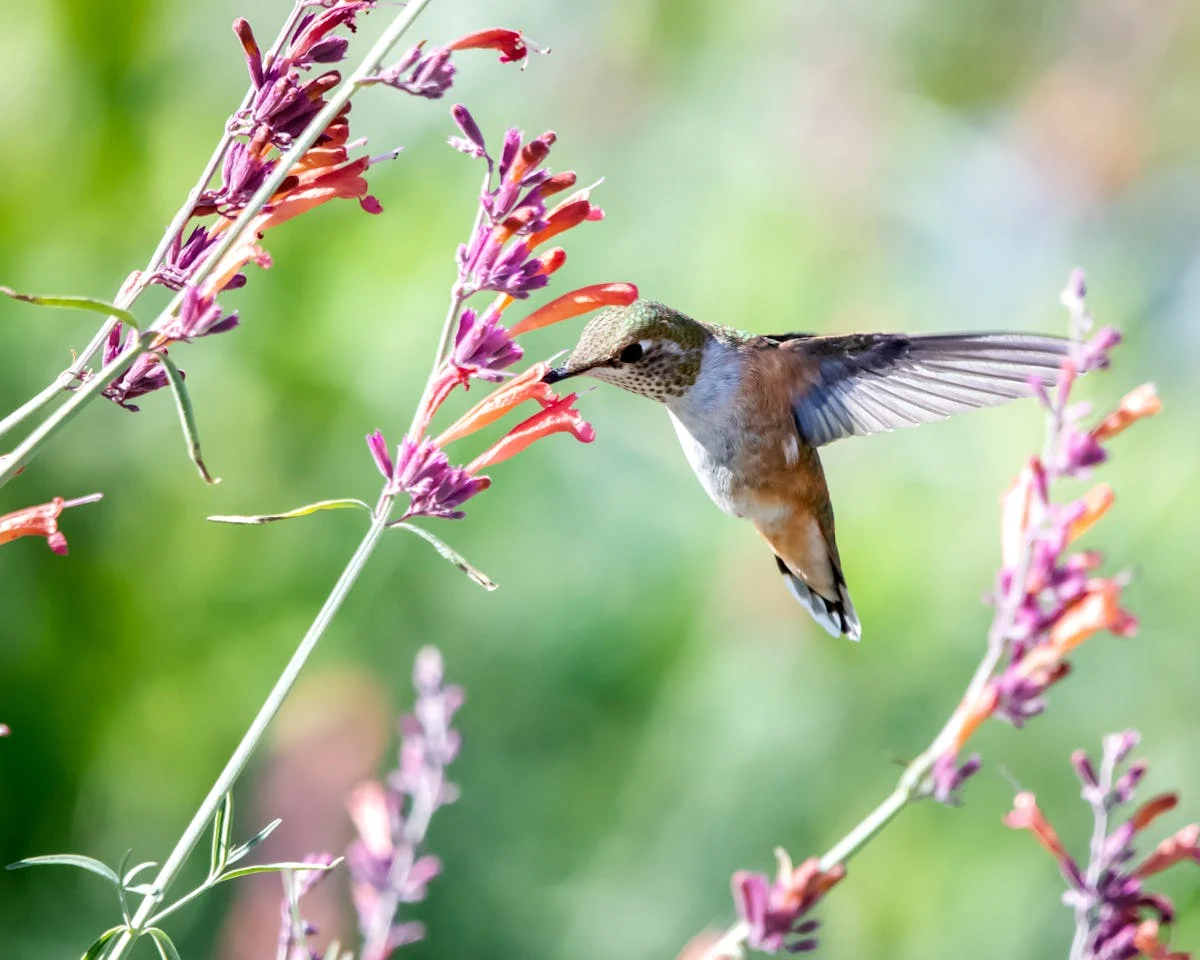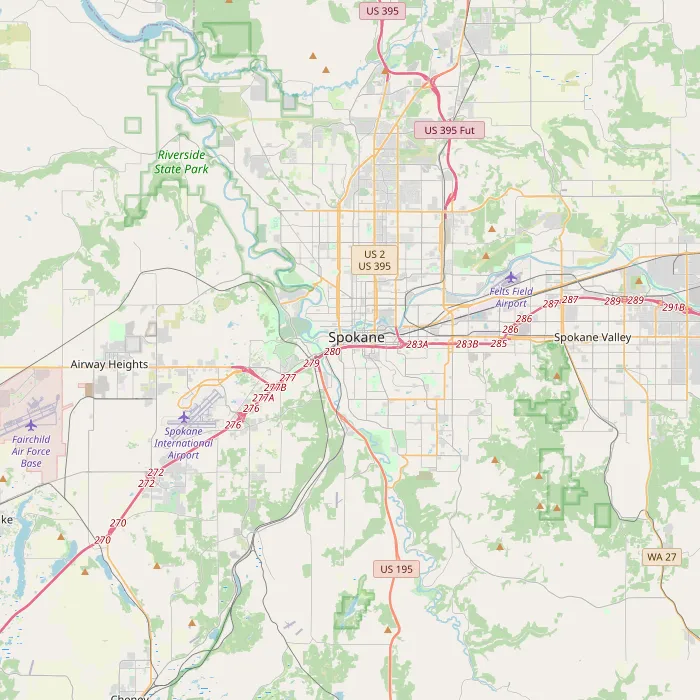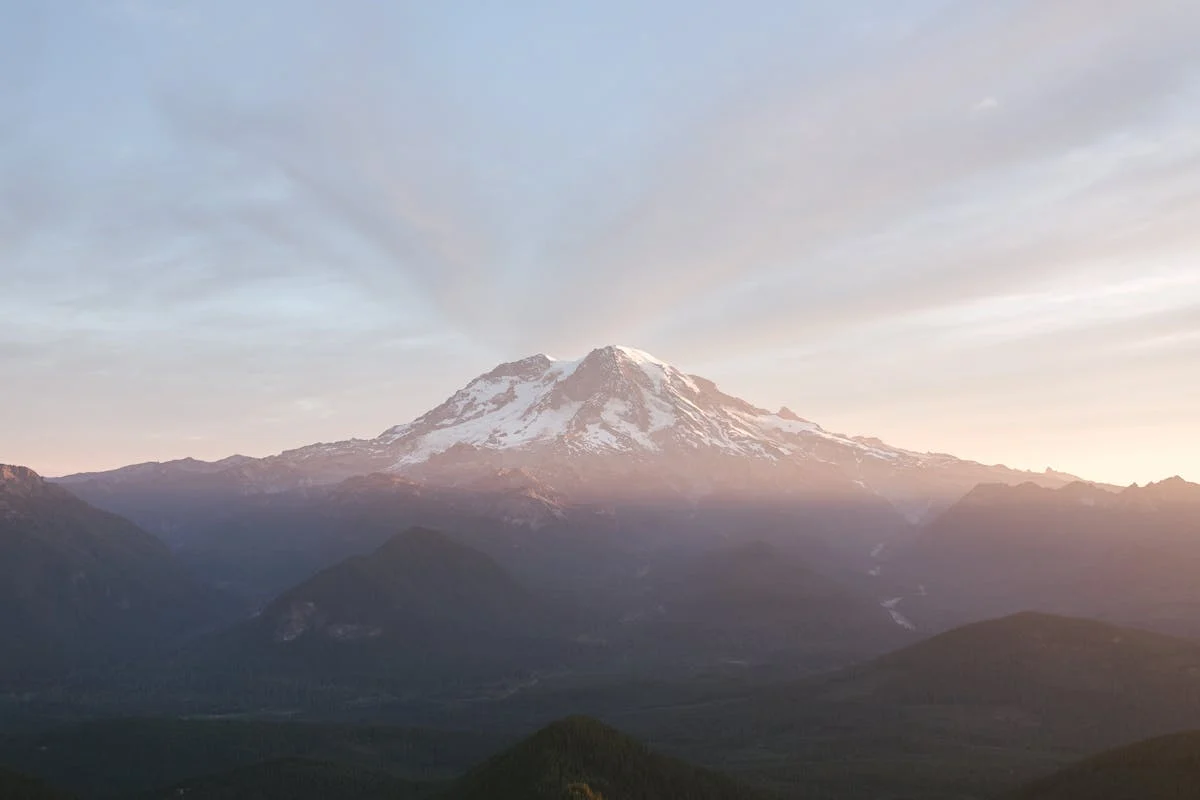Spokane, nestled in eastern Washington, offers a distinct four-season climate that significantly shapes the local lifestyle, outdoor activities, and overall visitor experience. When considering the Climate Spokane Wa, it’s essential to understand its characteristics throughout the year to plan your trip effectively. Unlike coastal areas, Spokane experiences a more continental influence, leading to greater temperature extremes between summer and winter. This detailed guide explores the nuances of Spokane’s weather patterns, drawing on extensive historical data analysis to provide a reliable overview for anyone curious about the local climate.
The information presented here is based on statistical analysis of historical weather data, offering insights into typical temperature ranges, precipitation patterns, and sunshine levels across different months. Understanding these trends helps travelers choose the best time to visit for specific activities, whether it’s enjoying the heat of summer or the snow of winter. Spokane’s climate plays a crucial role in defining its recreational opportunities, from river activities to mountain adventures.
Spokane’s Climate Profile: A Four-Season City
Spokane’s climate is broadly classified as semi-arid with distinct seasonal variations. This means you can expect warm, dry summers and cold, snowy winters, with transitional periods in spring and autumn. The city’s location in the rain shadow of the Cascade Mountains contributes to less precipitation compared to Western Washington. However, elevation and proximity to surrounding lakes and hills also influence local weather patterns.
Understanding the annual weather cycle is key to appreciating Spokane. Each season brings its own unique charm and set of possibilities for exploration. From vibrant spring blooms to golden autumn leaves, challenging winter sports to sunny summer days by the water, the Climate Spokane Wa dictates the rhythm of life and leisure in the region.
Spring in Spokane: Waking Up
Spring arrives in Spokane gradually, typically starting in March and extending into May. Temperatures begin to rise from winter lows, though late-season snow or frost is not uncommon, particularly in early spring. As the days lengthen, the landscape transforms with melting snow and budding foliage. Precipitation during spring is moderate, often arriving as rain showers.

What to Eat in Fort Worth – A Culinary Deep Dive
Discover the Top Restaurants in Denver – A Culinary Journey
Discover Where to Visit in Las Vegas
Average temperatures in early spring might hover around 40-50°F (4-10°C), warming up to the 50s and 60s°F (10-20°C) by late May. This season is perfect for enjoying the city’s parks and gardens as they come alive. The Spokane River rushes with snowmelt, offering powerful views. It’s a time of renewal and outdoor activities like hiking in the surrounding hills or exploring the Centennial Trail become increasingly popular.
Summer in Spokane: Sunny and Warm
Summer in Spokane, from June to August, is characterized by warm to hot temperatures and very low humidity. This is arguably the most popular time to visit for many due to the abundance of sunshine and ideal conditions for outdoor recreation. Rainfall is minimal during these months, leading to dry conditions.
Temperatures frequently reach the 80s°F (25-30°C) and can occasionally exceed 90°F (32°C). The long daylight hours allow for extended enjoyment of activities. Spokane’s numerous lakes and rivers, including Lake Coeur d’Alene just a short drive away, become hubs for swimming, boating, and fishing. Hiking, biking, and attending outdoor concerts and festivals are also staples of a Spokane summer. The Climate Spokane Wa in summer is a major draw.
 Map showing weather data sources for Climate Spokane Wa analysis
Map showing weather data sources for Climate Spokane Wa analysis
The warm, dry conditions, while great for recreation, also mean wildfire season can be a concern in late summer, occasionally impacting air quality. However, most summer days offer clear skies and comfortable evenings, perfect for patio dining or stargazing.
Autumn in Spokane: Crisp Air and Color
Autumn, spanning September through November, brings a refreshing change to the Climate Spokane Wa. Temperatures begin to cool down, and the dry summer air gives way to crispness. This season is known for its stunning fall foliage as the trees around the city and in nearby natural areas display vibrant colors. Precipitation increases compared to summer, often bringing rain, especially later in the season.
September often feels like an extension of summer with warm days, but by October and November, temperatures drop significantly, averaging in the 40s and 50s°F (5-15°C). The first frost typically occurs in October, and snow becomes possible in November. Autumn is a beautiful time for scenic drives, apple picking, and enjoying local harvest festivals.
The cooler weather makes hiking and exploring city trails particularly pleasant before the cold fully sets in. It’s also a great season for enjoying indoor attractions, museums, or the burgeoning culinary scene in Spokane as local restaurants feature seasonal produce.
Winter in Spokane: Cold and Snowy
Winter in Spokane, from December to February, is cold and typically brings significant snowfall. The Climate Spokane Wa during these months is defined by freezing temperatures and conditions suitable for winter sports. While snow is common, the amount can vary year to year. The presence of snow transforms the landscape into a winter wonderland, especially in the surrounding mountains.
Average temperatures during winter are often below freezing, ranging from the 20s to low 30s°F (-5 to 0°C). Snow accumulation can be substantial, particularly in January and February. This weather is ideal for hitting the slopes at nearby ski resorts like Mount Spokane or Schweitzer. Ice skating, snowshoeing, and other winter activities are also popular.
Despite the cold, sunny days with crisp air and sparkling snow are frequent. However, winter can also bring periods of inversions, where cold air gets trapped in the valley, leading to poorer air quality and overcast conditions for several days. Planning for layered clothing and appropriate gear is essential for enjoying Spokane in the winter.
Planning Your Visit Based on Climate
The ideal time to visit Spokane largely depends on your desired activities.

- For Warm Weather Activities: Summer (June to August) is best for lakes, rivers, hiking, and outdoor events.
- For Fall Colors & Crisp Weather: Autumn (September to October) offers beautiful scenery and pleasant temperatures for exploring.
- For Winter Sports: Winter (December to February) provides opportunities for skiing and snowboarding.
- For Mild Weather & Blooms: Late Spring (April to May) is lovely for seeing the city come alive.
Understanding the typical Climate Spokane Wa helps ensure you pack correctly and are prepared for the conditions you’ll encounter during your visit. Always check the forecast closer to your travel date, as weather can be unpredictable.
Frequently Asked Questions About Spokane’s Climate
Here are some common questions people have about the weather in Spokane, WA.
What is the best time of year to visit Spokane for good weather?
For consistently warm and sunny weather, the best time to visit is during the summer months, from June through August. If you prefer milder temperatures and beautiful scenery, late spring (April-May) or early autumn (September-October) are also excellent choices.
Does it snow a lot in Spokane?
Yes, Spokane typically receives a significant amount of snow during the winter months (December to February). The average annual snowfall can vary but is often around 40-50 inches, providing opportunities for winter sports in and around the city.
How hot does it get in Spokane during the summer?
Summers in Spokane are warm to hot, with average high temperatures in the 80s°F (25-30°C). Temperatures can sometimes reach or exceed 90°F (32°C), particularly in July and August. The air is generally dry, which can make the heat feel more manageable than in humid climates.
Is Spokane a rainy city?
Compared to Western Washington, Spokane is relatively dry due to being in the rain shadow of the Cascade Mountains. While spring and autumn see moderate precipitation, summers are very dry. Most precipitation in winter falls as snow. It’s not considered a particularly rainy city.
What are the typical temperature ranges throughout the year in Spokane?
Temperatures vary significantly by season:
- Winter (Dec-Feb): Average lows in the 20s°F (-5 to -2°C), highs in the 30s°F (0-4°C).
- Spring (Mar-May): Average lows in the 30s-40s°F (0-10°C), highs in the 50s-60s°F (10-20°C).
- Summer (Jun-Aug): Average lows in the 50s°F (10-15°C), highs in the 70s-80s°F (20-30°C+).
- Autumn (Sep-Nov): Average lows in the 30s-40s°F (0-10°C), highs in the 40s-60s°F (5-20°C).
These are averages, and actual temperatures can fluctuate significantly.
Conclusion: Experiencing Spokane Through Its Climate
The Climate Spokane Wa is a defining feature of the city, offering distinct experiences throughout the year. Whether you’re drawn to the sunny warmth of summer, the snowy landscapes of winter, or the transitional beauty of spring and autumn, Spokane’s weather provides a diverse backdrop for travel and exploration. Understanding these seasonal patterns allows visitors to tailor their plans to enjoy the best of what Spokane and the Inland Northwest have to offer, from vibrant city life to abundant outdoor adventures.
